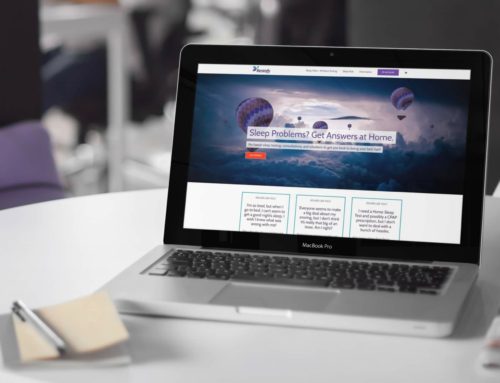Creating an Employee Portal for a Technology Company with WordPress
Overview
The client wanted to develop an employee portal for their staff located around the globe. A custom WordPress-based solution was selected that supported all of the initial requirements and offered support for future wish list requirements and enabled the company to deliver the solution as a progressive web application (PWA).
Customer Snapshot
- International company with offices in three countries and a primarily distributed, home-based staff
- Technology industry company specializing in providing enterprise B2B solutions
Key Differentiators
- Leverages free and low-cost plugins, a commercial theme, and a child theme
- One junior and one senior resource used at three-quarters time for development
Solution Snapshot
- New WordPress progressive web application (PWA) development project
- The solution is hosted on shared WordPress hosting
- Some custom code development required
- Microsoft 365 login and SharePoint integration
- Highly cost-effective
Skills Needed:
- Gravity Forms Environment
- HTML/CSS
- Membership
- Microsoft Integration
- PHP
- WordPress
The Challenge
The client wanted to develop an employee portal for their staff located around the globe. The portal needed to provide staff with easy access to company announcements, training materials, security policies, employee programs, branding assets, the staff directory, and other employee engagement mechanisms. Staff with an official company Office 365 account needed to be able to login with those credentials. Yet, the site also needed to offer user account login support for those without Office 365. Most importantly, the site needed to be secure and support a variety of user roles.
Existing package solutions were reviewed and found to be lacking in functionality or usability, have a cost-prohibitive price tag long-term, or require an excessively long implementation period. A custom WordPress-based solution was selected that supported all of the initial requirements and offered support for future wish list requirements and enabled the company to deliver the solution as a progressive web application (PWA).
The Solution
The solution was developed using one junior and one senior US WordPress developer part-time in less than three months. Weekly meetings were conducted where project status was reviewed. Various demos were held during development to ensure the customer was getting exactly what they wanted and adjustments were made based on these reviews.
The development time included the technical setup and design of the portal, creation of the security policy workflows, development of an extensive array of forms, and conceptualization of a variety of employee engagement mechanisms.
Staff members enjoy a personal dashboard that displays a list of security policies they are required to acknowledge along with their status. When policies are acknowledged, staff members receive a PDF copy via email of the completed policy, and a copy is stored within the application.
- Uses a commercial theme from a third-party developer, free and paid plugins, the WordPress core software, and some custom-coded functions.
- Includes caching strategies, logo, theme color, and display mode customization for the PWA.
- The home page offers both Logins with Office 365 and standard user login options.
- Engagement functionality includes a “kudos” board where staff can easily post personalized messages to staff or select pre-written examples.
- Users have a personalized page with dynamic content, profile, links to key forms, display of their security policy acknowledgments, and link to personal action steps page.
- Each user has a private, secure action steps page where admins can post onboarding information, training assignments, and other individual action steps.
- Each office location has an Employee HR Resources page that only staff assigned to that office can access. These pages contain employee documents and forms.
- A resources section provides easy access to branding assets, staff directory, and other key materials.
- A learning and development center features resource links and support for video or text-based training with quizzes.
- Non-administrative staff can submit content for publishing on the site using front-end forms, which is then sent to admins for approval before publishing.
- Integrates with third-party newsletter, push notifications, and chatbot programs.
- Provides views of form data in both aggregate views and by individual.
- Forms can be individually routed to one or more users.
- The company’s staff can easily update content.
- Uses a membership plugin to control access to the backend, posts/pages, widgets, menus, and provides custom login/logout redirects.
- Performs well on a shared WordPress hosting account at Siteground.




